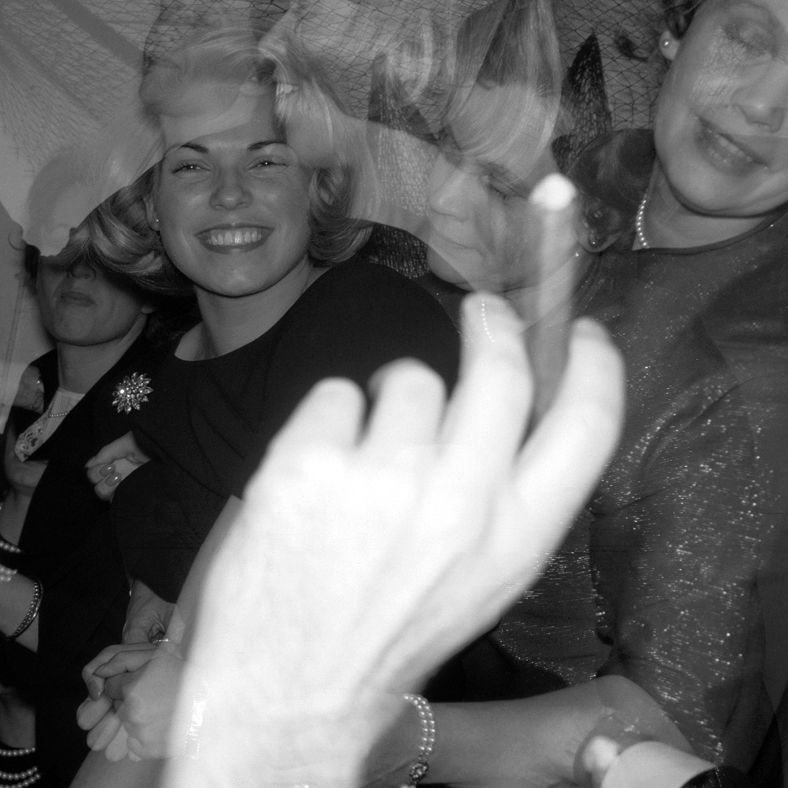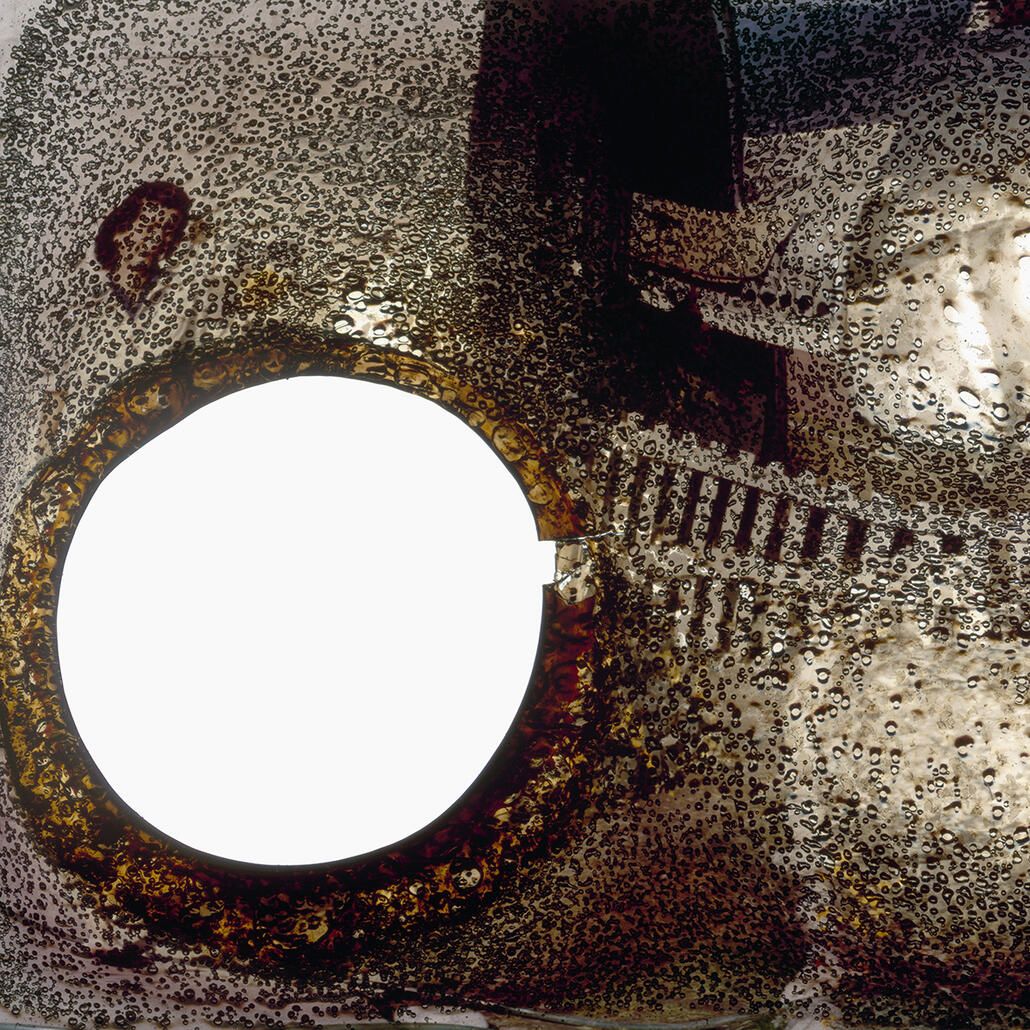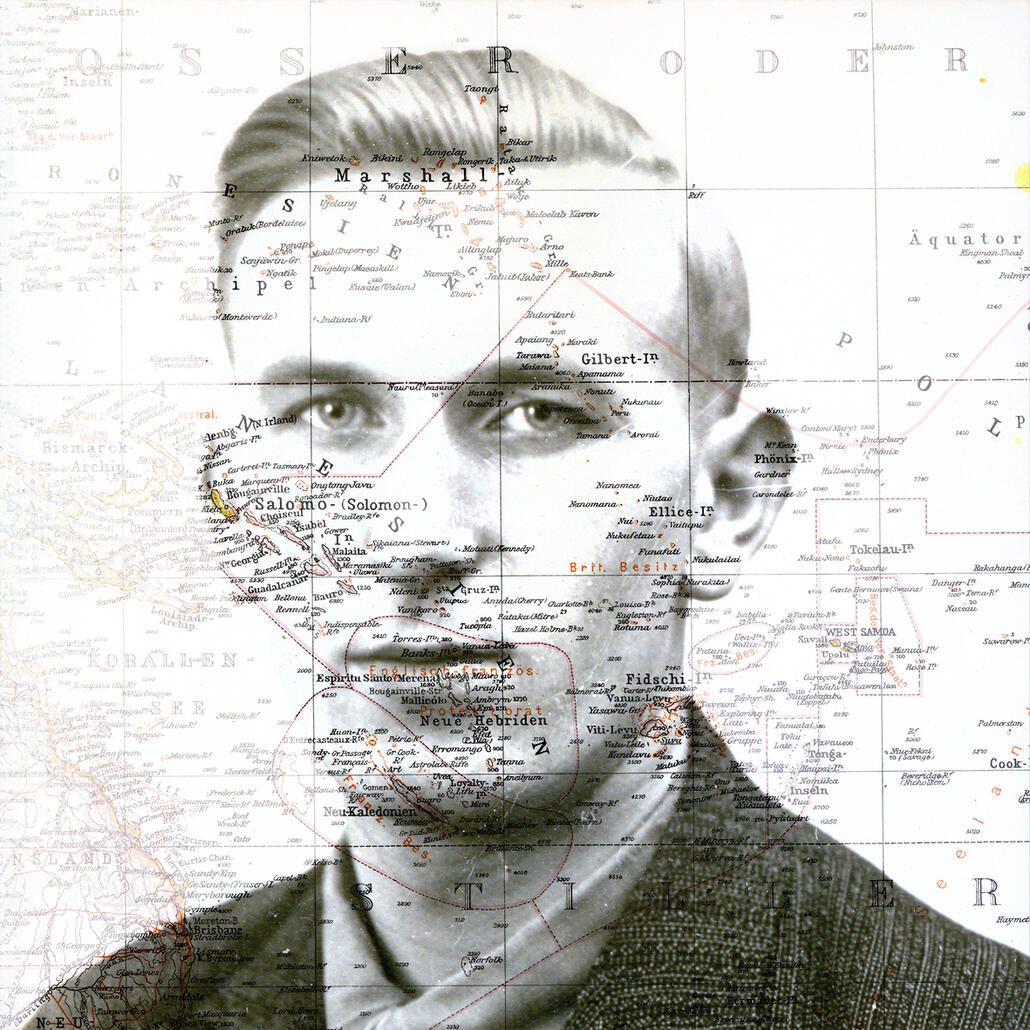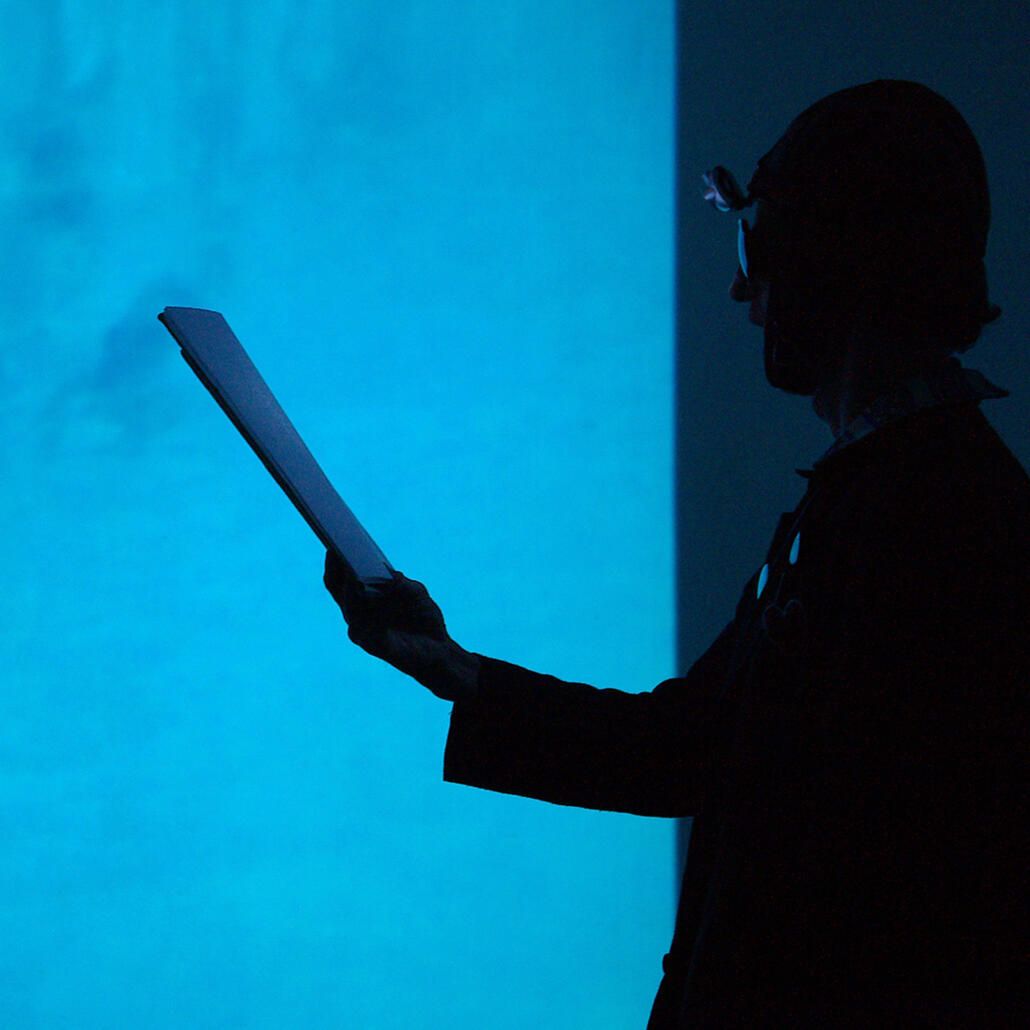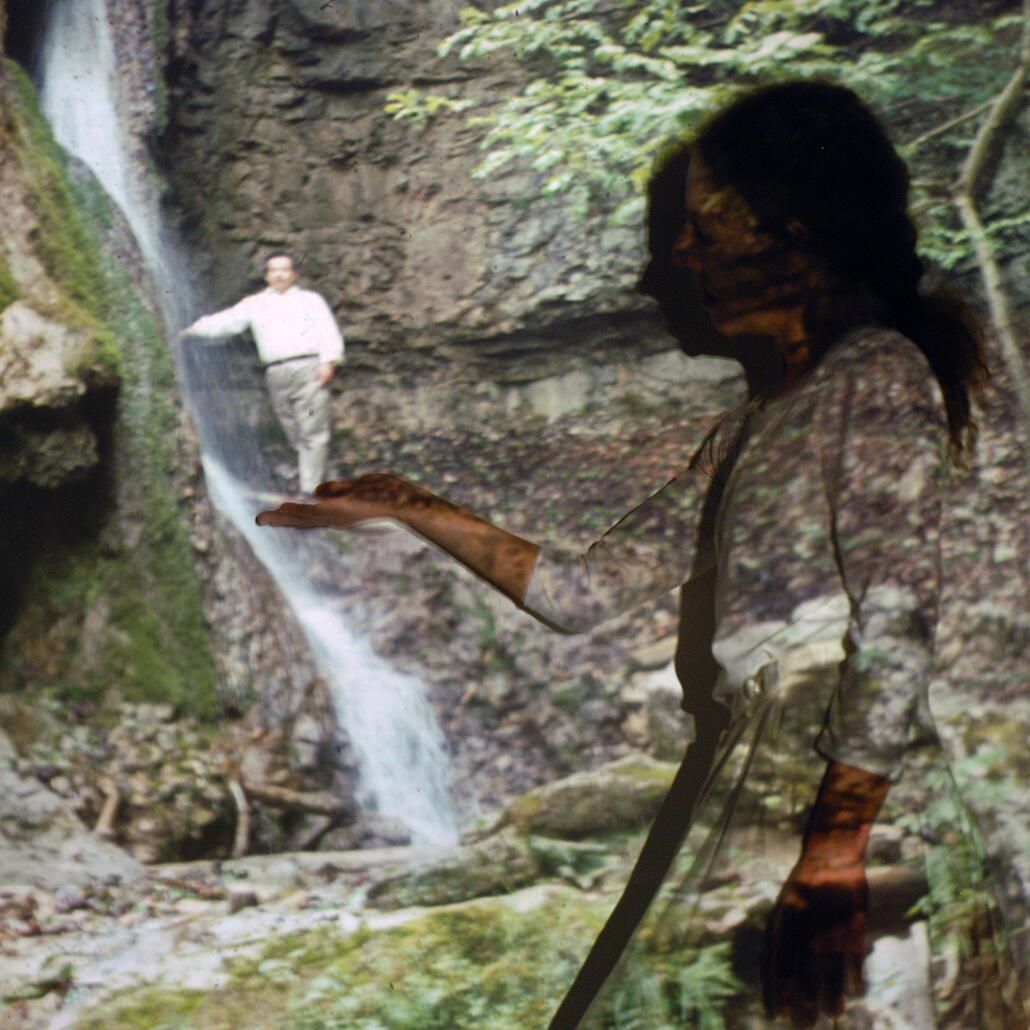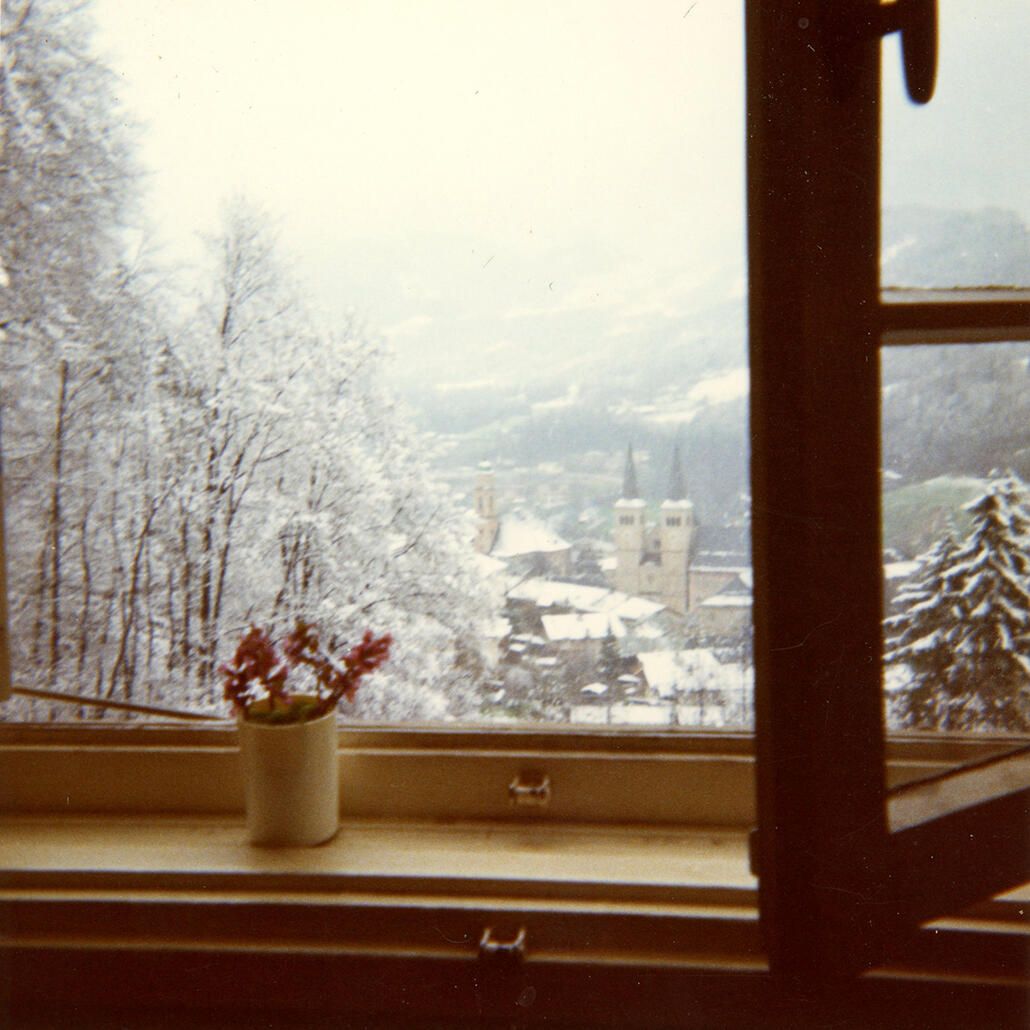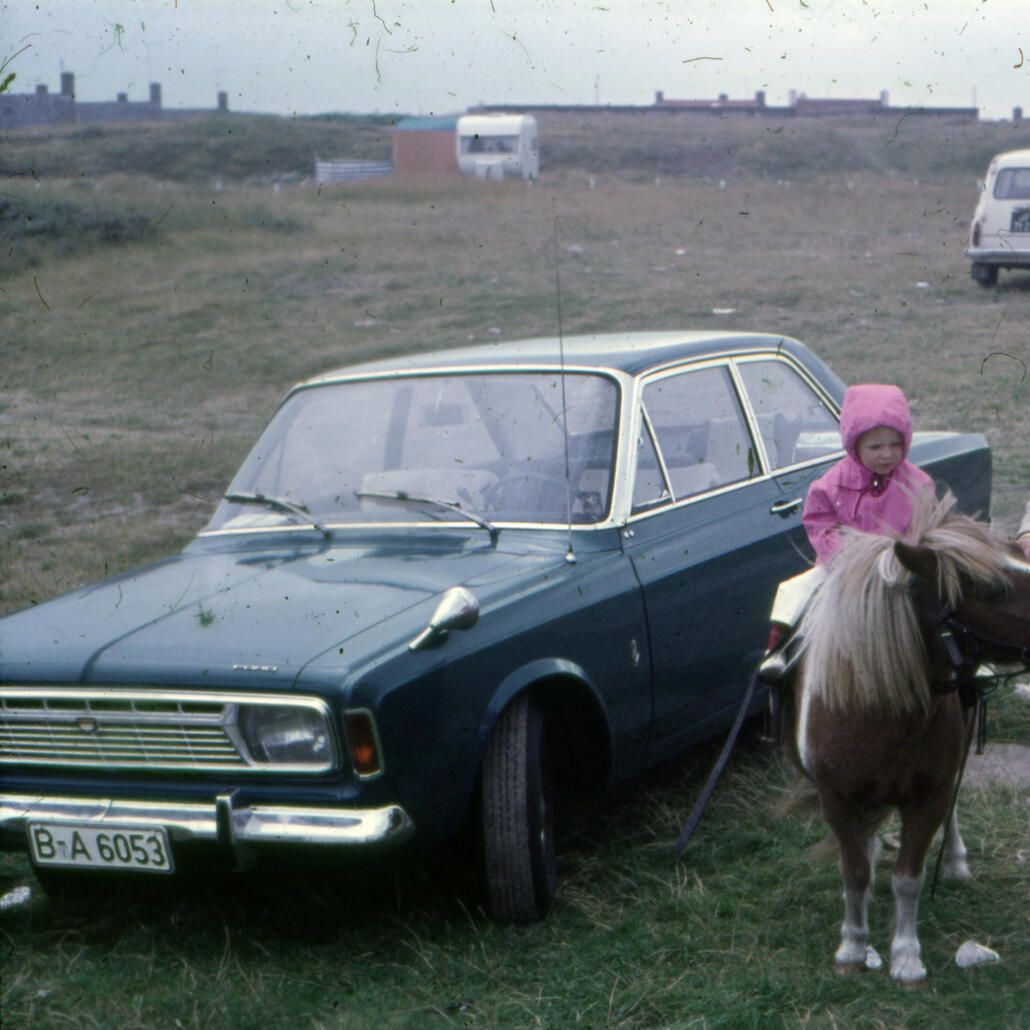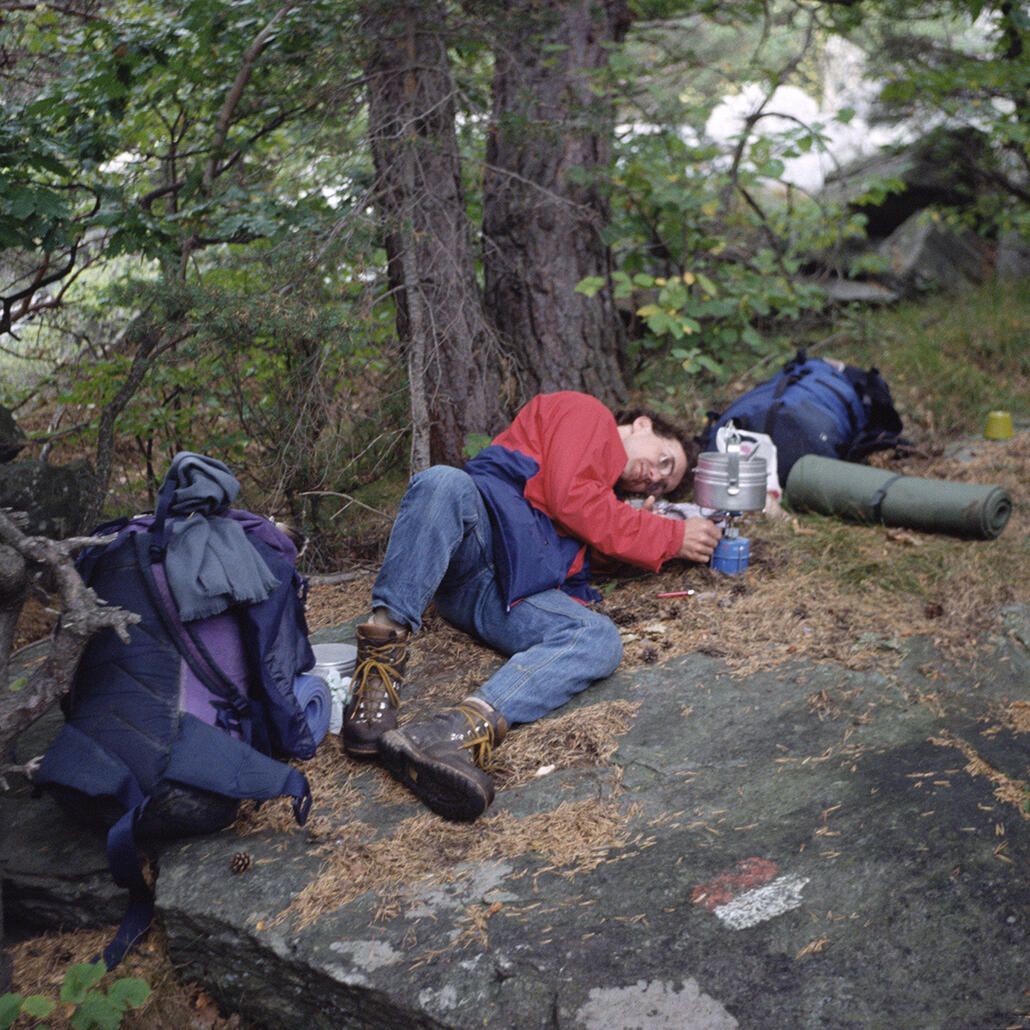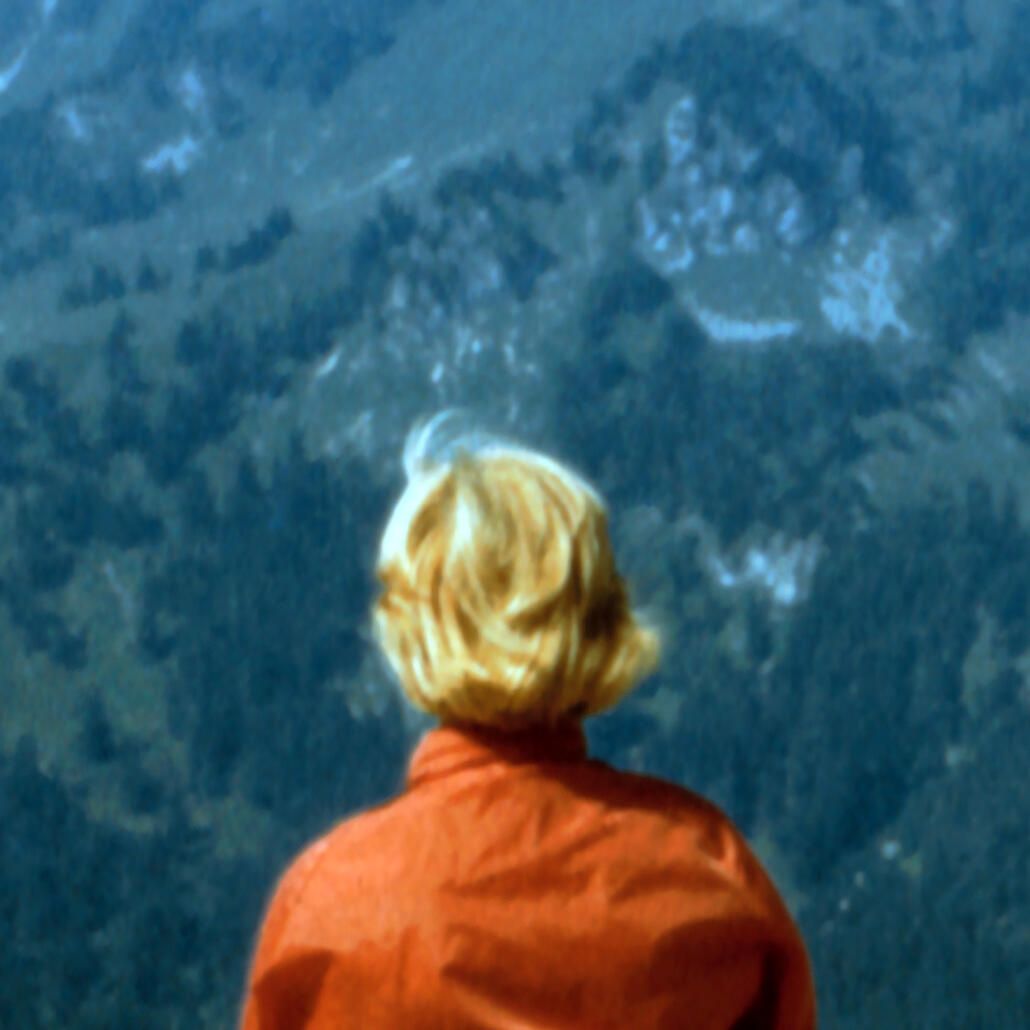The volksbild project
2007 – 2012
The archive volksbild, founded in 2007, was a collection of non-professional private photographs of unknown provenance. The privately taken slides and photographs in the archive volksbild came from various decades and of different geographical origins. The archive visualized a history of the gaze, the social photograph, and thus reflected a part of the collective visual memory. All the pictures found were digitized and sorted, composed and curated from various points of view. The artistic archive of amateur photographs, which could only be viewed and accessed via the internet, brought the pictures from private contexts into a different – image-analytical – context, which both fulfilled: a scientific function and the basis of the artistʼs own artistic work. volksbild also offered a pool of pictures that could be used by artists and interested parties for their own and joint projects, and (interdisciplinary) work. Numerous projects, excerpts of which are presented on this website, emerged from this. The website had to be taken offline in 2012 for technical reasons.
Iconic Turn
Notes on volksbild
“Pictorial Turn” (WJT Mitchell), “Iconic Turn” (Gottfried Boehm) and “Visualistic Turn” (Klaussachs-Hombach) are the keywords used by image theorists to describe our present. These keywords mean several things: on the one hand, they are meant as a media description of the situation, as an appeal to finally take note of the fact, that there is a growing presence of images in our daily lives – both through their dealings with the products of the mass media and increasingly with image products from their own private image production. The widespread topos of the “Image flood” is a striking expression of this diagnosis of our time. It is a development, that began in the course of the 20th century with the mass diffusion of photography (and film), and which was enhanced with the invention of digital photography (and digital film) with computers and the multimedia mobile phones. But the talk of the “Pictorial, Iconic” or “Visualistic Turn” can not only to be understood as a description of the mediatizing world, but at the same time as an invitation to deal more theoretically and reflective with images in their various – aesthetic, emotive, cognitive, communicative, but also, for example, identity-forming – dimensions and in their cultural contexts of use. Images – according to the thesis of image theorists – must undergo a similar theoretical reflection as language. Parallel to the long-established science of language, a science of images has gradually established in the last 15 years. This research investigates the material characteristics of images, as well as the cognitive anthropological foundations of human imagery and the various “image games” that have become established in the human community and are at the same time in constant transformation. Photography occupies a central place in the process of manʼs increasing “becoming an image”: For with photography, people were given a means that “democratizes” the use of images. To take pictures in private it is no longer necessary to have drawing or painting skills. In the course of the last century, more and more people had the possibility to produce pictures themselves and to present them to their friends as a form of expression of personal identity. But until the invention of the internet and digital photography, private photographs (whether as paper prints or slides) initially and mostly remain connected to the communication of the private sphere. Only with the new forms of publicity on the Internet (Facebook etc.) private photos become more and more public or semi-public objects, thus gaining a new dimension and being used accordingly in new ways to express and present personal identity. This applies in particular to pictures of oneself, but also to photos of the private sphere at home, which is made accessible to the public through photography.
Dr. Rainer Totzke













